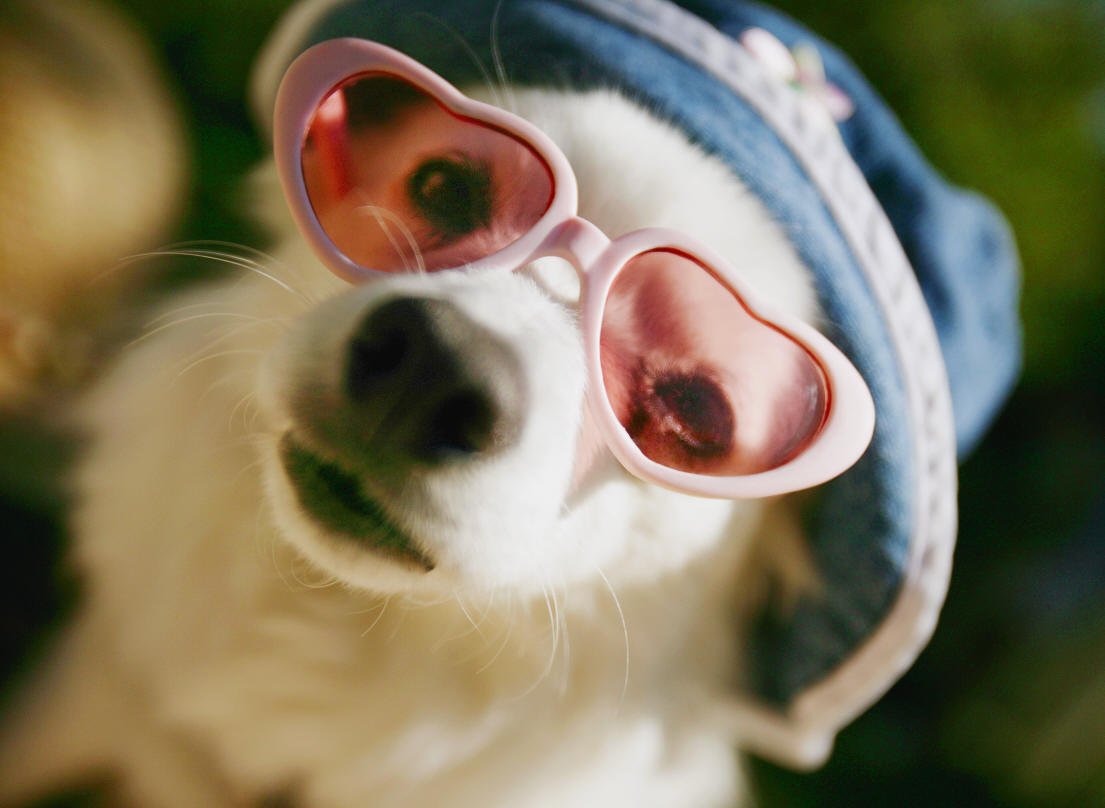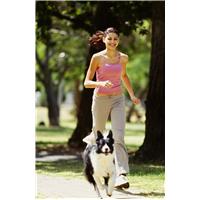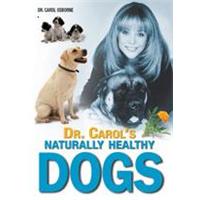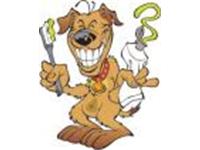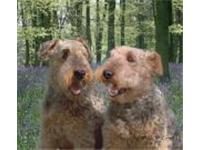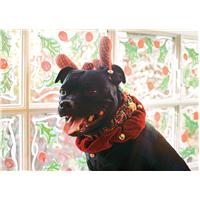
London: Dog-owning families have a lower carbon footprint than equivalent families without a dog. Thats the conclusion of a new nationwide survey and in-depth study commissioned by Butchers Pet Care.
It found that dog-owning families on average, use 5.4% (760kg per year) less carbon per person than the equivalent non-dog owning families the yearly equivalent of a round trip to Cairo or Marrakesh. They are also happier in their local community and twice as likely to socialise with neighbours (16% as opposed to 8%).
The study polled over 1500 dog and non-dog owning families and questioned them about lifestyle choices, energy consumption, travel and transport habits. The respondents primary and secondary carbon footprints were then calculated. Results revealed that dog owning families fly, consume and waste less and are also more likely to buy local and recycle.
In fact owning a dog is six times greener than fitting a family home entirely with energy saving light bulbs which reduces a households carbon footprint by only 115kg/year compared to 760kg/year when owning a dog.
As two in ten homes own a dog[1] the entire population of mans best friend reduces the nations carbon footprint by 3.4 million tonnes of CO2 every year, which is one and a half times the entire yearly output of Iceland!
Alison Cockcroft, from family owned Butchers Pet Care As a nation we are always looking at ways to reduce our carbon footprint and it is great to see that dog ownership can really make a difference and help boost green credentials. Not only do our four legged friends keep us as Fit as a Butchers Dog but they also give us a great excuse to explore our neighbourhood and get to know and support our local community. At Butchers Pet Care we believe in natural nutrition so not only can your dog lead a healthy life but hell ensure the planet stays healthy too!
An overview of findings from the survey:
Air flights
Dog owning families are 20% less likely to fly than non-dog owning families. Preferring to holiday in the UK or drive to Europe instead.
Consumption and recycling
The consumption and recycling habits of dog owners is 7.5% more carbon friendly than the equivalent non-dog owning family. This equates to a reduction of 150kg a year, the same as driving 568 miles in a 1.6L Ford Focus.
· Dog owners are 1.4 times more likely to recycle everything (21% vs 15%) than non dog owners. 23% recycle or compost everything they use as opposed to 19% of families without a dog.
· Dog owners are more likely to buy locally produced food, fair-trade produce and in-season fruit and vegetables.
· 19% of dog owners only buy things with little or no packaging as opposed to 14% of non dog owners.
Not only will dog-owners spend less on their gas bills (£403.71 as opposed to £414.26 for non-dog owners) but they also seem happier in their local community too – 24% of dog owners are very happy compared to 19% of non dog owners. Dog owners are also twice as likely to socialise with their neighbours compared to non dog owners.
For more top tips on leading a green life and responsible dog ownership visit < ahref="http://www.butcherspetcare.com">www.butcherspetcare.com
About Butchers Pet Care
Established and family-owned for over 25 years and developed in conjunction with leading nutritionists, Butchers recipes are made with Fresh Meat and Nothing Artificial to ensure that your dog receives all the natural nutrition he needs. Butchers Pet Care has a strong family heritage and farming roots and believe in simple, honest, good food; thats why what is left out of food is just as important as what goes in. So it is guaranteed that there are no artificial colourings, flavourings, preservatives, or added cereal or soya in any of Butchers delicious recipes!

